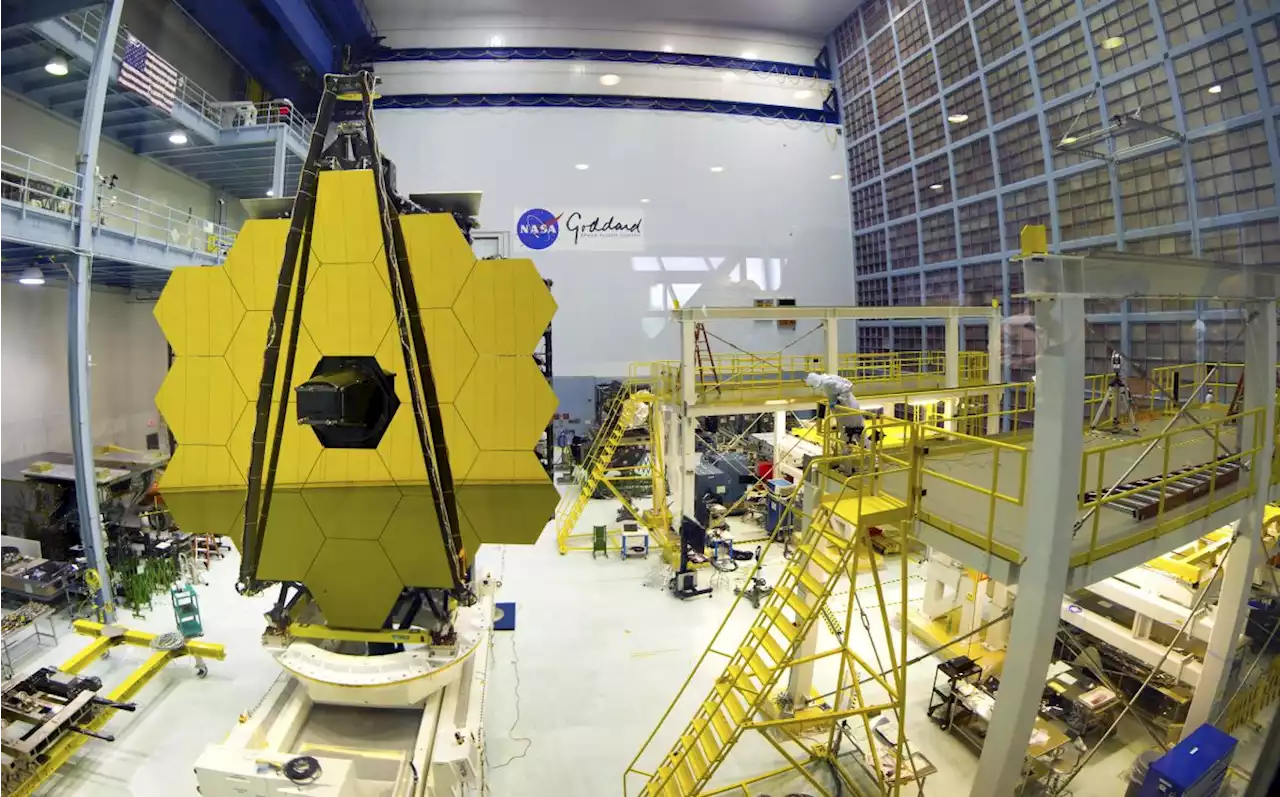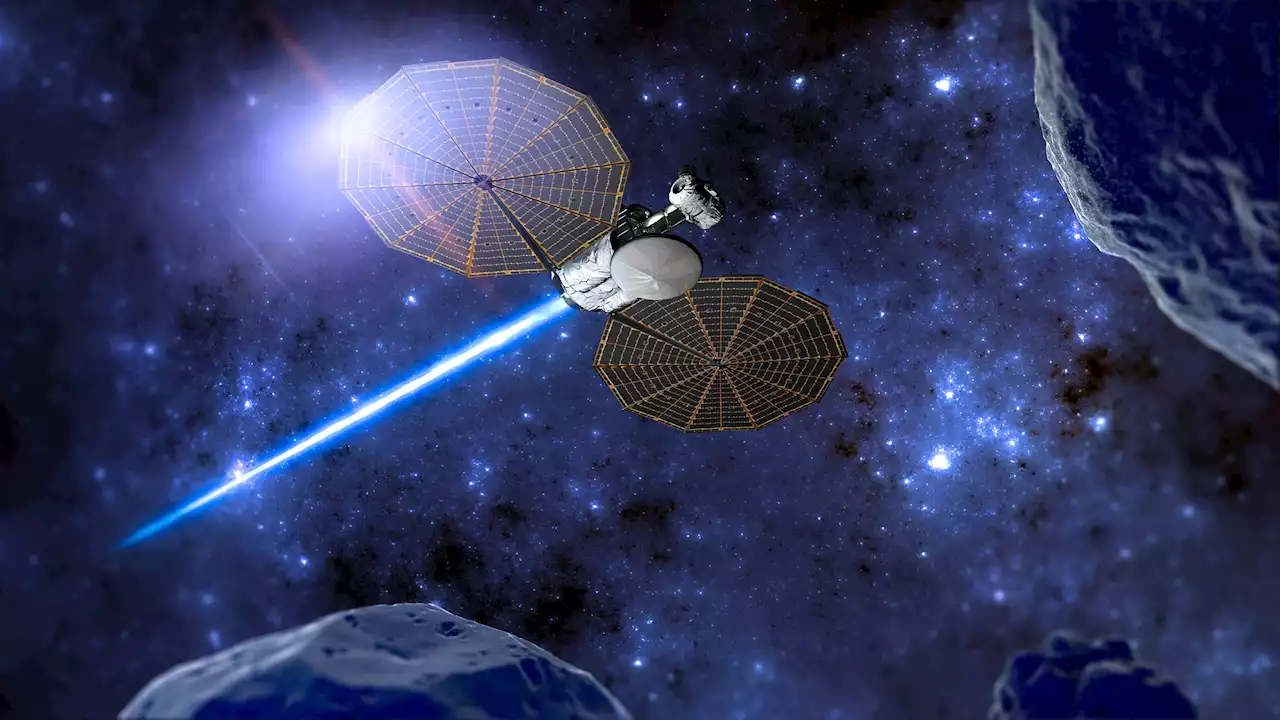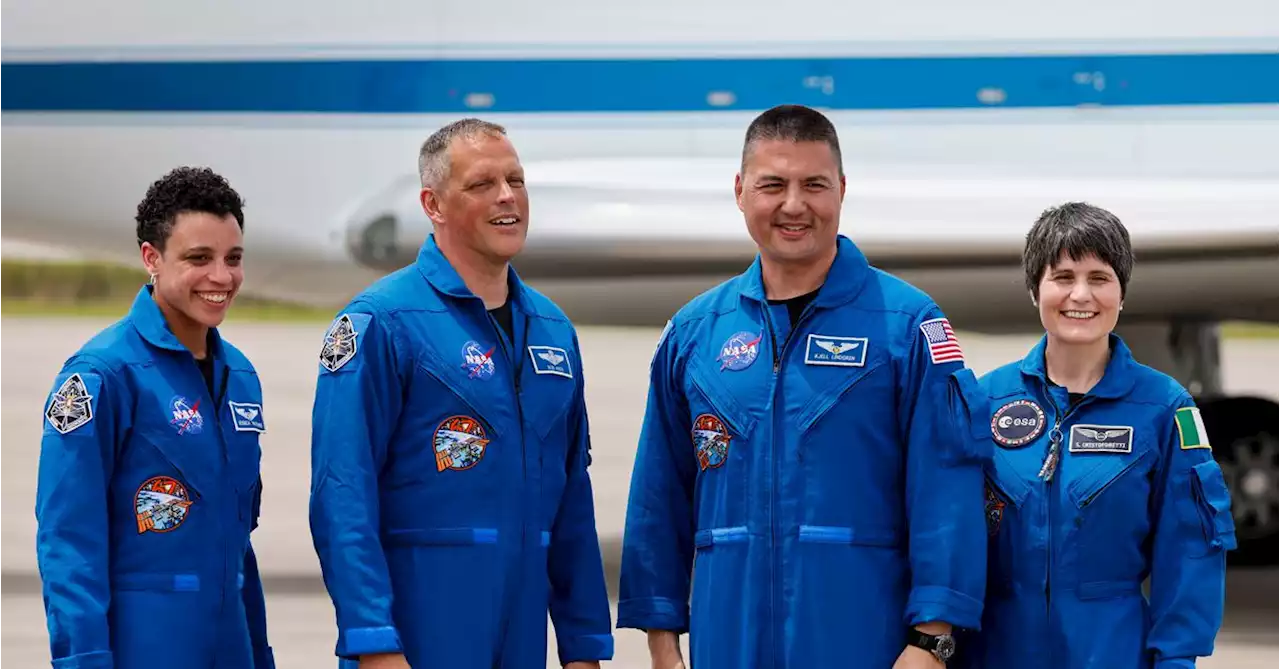If a distant alien astronomer were examining Earth for biosignatures, they'd better keep watching as the seasons change.
Almost nothing in space science generates as much widespread excitement as finding a potentially habitable planet. The headlines spread like a virus through the internet with only minor mutations from site to site. So far, we’ve only got glimpses and hints of exoplanets that might be able to support life. We’ve got a long way to go.
The historical roots of this type of research go back to the 70s when spacecraft were visiting the planets in our Solar System. Pioneer 10 and 11 and Voyager 1 and 2 performed flybys of some of Earth’s siblings. It was the beginning of more in-depth characterization of other planets. By measuring UV and infrared, scientists learned a lot about the properties of planetary atmospheres, surfaces, and overall energy balance.
The study looked at four different observing geometries: one each centred on the north and south poles, one on the African equatorial and one on the Pacific equatorial. The spectra were observed with the Atmospheric Infrared Sounder aboard NASA’sThis figure from the study shows the four observing geometries used: North Pole, South Pole, Equatorial Africa, and Equatorial Pacific. The study measured infrared emissions rather than reflected light. Image Credit: Mettler et al. 2022.
The researchers also found thermal emissions varied greatly by observing geometry. The variability in readings was much greater over time above land masses than above oceans. The African Equatorial View and the North Pole view were centred on land masses and showed greater variability. “Specifically, the northern hemisphere pole-on view and the Africa-centered equatorial view showed annual variabilities of 33% and 22% at Earth’s peak wavelength at ? 10.
Earth’s complexity makes it a difficult target for this type of observation, and the authors acknowledge it. “This complexity makes remote characterization of planetary environments very challenging,” they explain. “Using Earth as our test bed, we learned that a planet and its characteristics cannot be described by a single thermal emission spectrum, but multi-epoch measurements, preferably in both reflected light and thermal emission, are required.
United States Latest News, United States Headlines
Similar News:You can also read news stories similar to this one that we have collected from other news sources.
 NASA's Goddard Space Flight Center: Exploring Earth and space by remote controlThis NASA center for climate research and Earth observation manages several missions, like the James Webb Space Telescope and the Hubble Space Telescope.
NASA's Goddard Space Flight Center: Exploring Earth and space by remote controlThis NASA center for climate research and Earth observation manages several missions, like the James Webb Space Telescope and the Hubble Space Telescope.
Read more »
 The 10 biggest telescopes on EarthThese giant, terrestrial structures serve as our planet's eyes, peering deep into space.
The 10 biggest telescopes on EarthThese giant, terrestrial structures serve as our planet's eyes, peering deep into space.
Read more »
 BlockTower Putting $150M Crypto Fund to Work as Valuations Return ‘Down to Earth’Crypto asset manager BlockTower has a new VC arm and $150 million fund led by Thomas Klocanas, who talked DeFi, equity stakes and bear market investing. BrandyBetz reports
BlockTower Putting $150M Crypto Fund to Work as Valuations Return ‘Down to Earth’Crypto asset manager BlockTower has a new VC arm and $150 million fund led by Thomas Klocanas, who talked DeFi, equity stakes and bear market investing. BrandyBetz reports
Read more »
 NASA's Lucy spacecraft will slingshot around EarthNASA's Lucy space probe is getting ready to slingshot around the Earth as it approached the first anniversary of its launch.
NASA's Lucy spacecraft will slingshot around EarthNASA's Lucy space probe is getting ready to slingshot around the Earth as it approached the first anniversary of its launch.
Read more »
 SpaceX capsule leaves Space Station, to bring 4 astronauts back to EarthThe fourth long-duration astronaut team launched by SpaceX to the International Space Station (ISS) for NASA safely departed the orbiting outpost on Friday to begin their flight back to Earth, capping a science mission of nearly six months.
SpaceX capsule leaves Space Station, to bring 4 astronauts back to EarthThe fourth long-duration astronaut team launched by SpaceX to the International Space Station (ISS) for NASA safely departed the orbiting outpost on Friday to begin their flight back to Earth, capping a science mission of nearly six months.
Read more »
 SpaceX ferries astronauts back to Earth after half-year awayFour astronauts are back on Earth after spending almost six months at the International Space Station
SpaceX ferries astronauts back to Earth after half-year awayFour astronauts are back on Earth after spending almost six months at the International Space Station
Read more »
